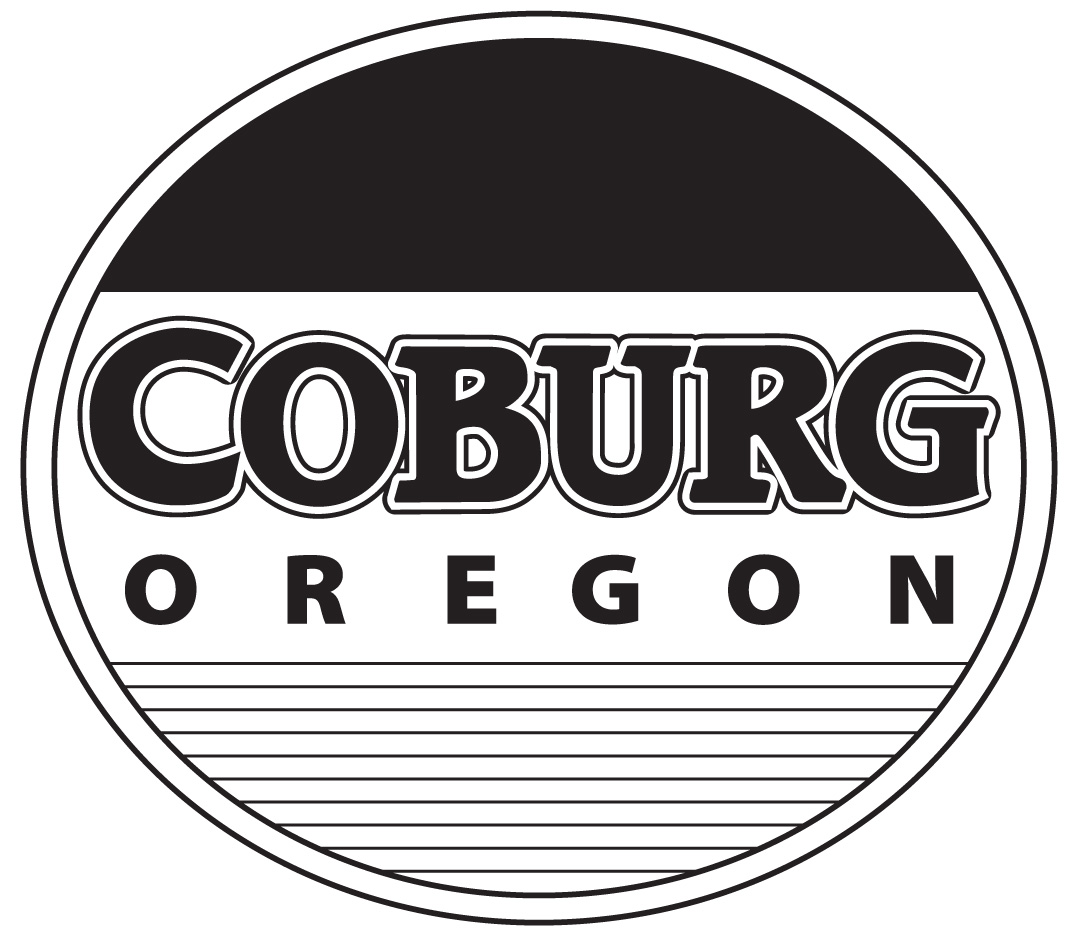- Departments & Services
- Your Government
- Our Community
-
How Do I?
-
- Search the Website Apply for a Job Apply for an Advisory Committee Contact the City File a Public Records Request
- Find City Codes Find Planning & Zoning Get a Police Report Get a Business License Get a Building Permit
- Pay My Water Bill Report a Nuisance Start Water Service Submit a Complaint Find Forms Pay My Court Fine
-
Urbanization Study & Urban Growth Boundry Expansion
Recent Events
- State Court of Appeals' decision was made January 2017. It allows the City to move forward with the light industrial urban growth boundary expansion on the eastside of Interstate 5, but will not allow for expansion of residential as locally adopted. City Council will decide thier next steps in the coming months.
- August 2016 - LUBA remanded the Plan. It was appealed to the State Court of Appeals
- December 2015 - Lane County co-adoption Public Hearing; a 2nd, continued, Public Hearing (Third Reading) was held before the Lane County Board of Commissioners December 8, 2015. The Lane County Board of Commissioners voted 4-1 in favor of the Plan. The appeal period to the Land Use Board of Appeals (LUBA ended December 29, 2015. It was appealed by Lee Kersten and Land Watch Lane County.
Background
The City of Coburg updated its Urbanization Study in 2014. This is something that usually only happens every 20 years. It reflects where and how the Coburg community chooses to grow while maintaining all the State requirements for growth. The primary purpose of the Coburg Urbanization Study was to update the 2004 Study which estimated the land needed to accommodate residentially and employment growth over the next 20 years and to determine whether the City has sufficient land within its current Urban Growth Boundary (UGB) to meet
the estimated need. This process is a requirement of Oregon Land Use law. The final Study update was completed April 2010 and was acknowledged and endorsed by City Council. The results showed that the City does not have enough residential land and may not have enough large, light industrial sites. The next step was to take the results of the Study Update to Lane County for co-adoption. However, the City did not have the funds to complete this process in 2010, so the project was placed on hiatus until the near end of the Wastewater Project.
In 2013, some General Fund resources were allocated to complete the process. The policies and recommended growth scenario remained the same, but were tested by inputting and extrapolating updated information through 2013. City Council locally adopted the Plan in 2014 and adopted Supplemental Findings, Spring 2015 which have been implemented inside the existing City.

